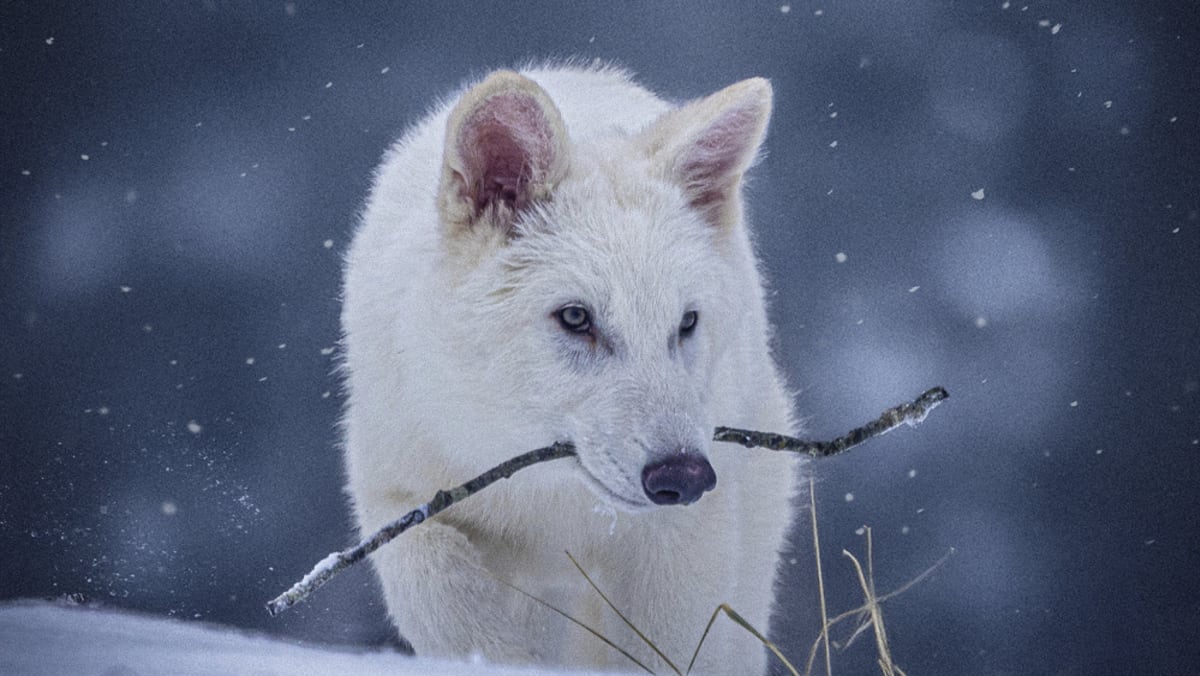Colossal has previously announced similar projects to genetically alter cells from living species to create animals resembling extinct woolly mammoths, dodos and others.
Though the pups may physically resemble young dire wolves, “what they will probably never learn is the finishing move of how to kill a giant elk or a big deer”, because they won’t have opportunities to watch and learn from wild dire wolf parents, said Colossal’s chief animal care expert Matt James.
Colossal also reported today that it had cloned four red wolves using blood drawn from wild wolves of the southeastern US’s critically endangered red wolf population. The aim is to bring more genetic diversity into the small population of captive red wolves, which scientists are using to breed and help save the species.
This technology may have broader application for conservation of other species because it’s less invasive than other techniques to clone animals, said Christopher Preston, a wildlife expert at the University of Montana who was not involved in the research. But it still requires a wild wolf to be sedated for a blood draw and that’s no simple feat, he added.
Colossal CEO Ben Lamm said the team met with officials from the US Interior Department in late March about the project. Interior Secretary Doug Burgum praised the work on X on Monday as a “thrilling new era of scientific wonder” even as outside scientists said there are limitations to restoring the past.
“Whatever ecological function the dire wolf performed before it went extinct, it can’t perform those functions” on today’s existing landscapes, said Buffalo’s Lynch.
